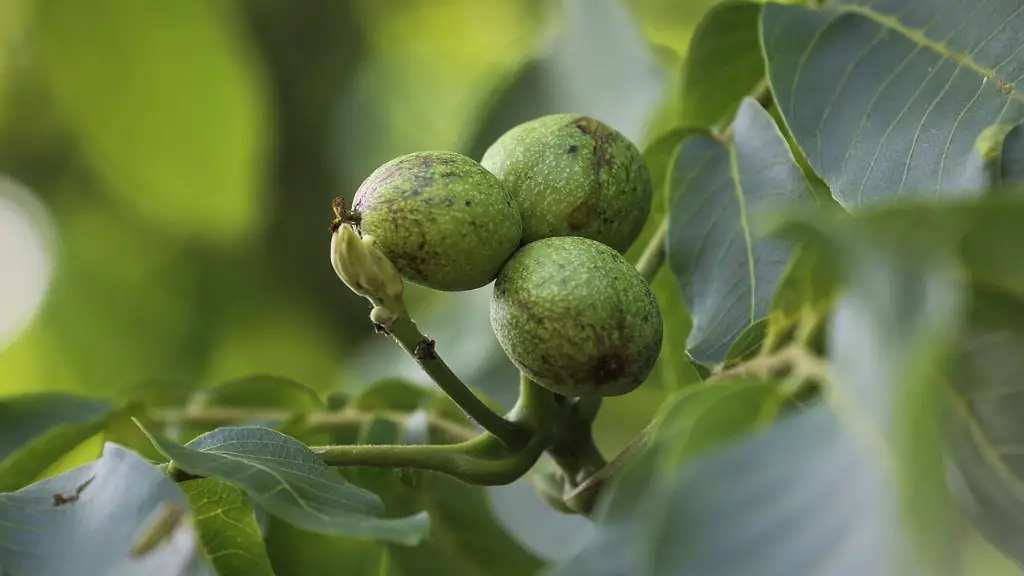Select the Right Type of Avocado Tree
Avocado trees are mostly grown from their seeds. However, be aware that you can’t eat the fruit of a tree planted from a seed. For commercial production, grafted trees are usually used, as it will yield better fruit quality and also ripens earlier. When selecting which tree to plant, choose one that is resistant to diseases and has a good flavor. Some popular varieties are the Hass or Fuerte, Bacon, Zutano and Reed.
Start from Seeds
To start from seeds, first you will have to remove the seed from the avocado fruit. The seed should be washed in plain water and dried for about 24 hours. Use a hammer or something heavy to break the seed coat and then gently detach it from the seed. Soak the seeds overnight in lukewarm water and plant it in a pot. The pots should be deep and filled with soil mix.
Sunlight and Water
Avocado trees need to be planted in an area where they get full sun (at least 6-8 hours) and protect from strong winds. Watering your tree is very important in keeping it healthy. The first year, avocado tree should be watered with 5-10 gallons of water per week. You should not over water or let the soil dry out. You should also adjust the amount of water if there are rainfalls or a dry spell.
Fertilizing and Pruning
Fertilizing is an important aspect of growing an avocado tree. It should be done at least once a month, adding fertilizer that is rich in phosphorus, potassium and nitrogen. Pruning is also essential, as it will help with the appearance of the tree and promote air circulation. Pruning can also help to encourage fruit production.
Harvesting and Caring
The fruits mature between April and October. Keep in mind that it takes 6-14 months for the avocado to ripen, so it is important to be patient. Once the avocado fruits are ripe, you can pick them from the tree. To keep the tree healthy, encourage good air circulation and limit excessive amount of water, as this usually results in the fruit dropping off before it is ripe.
Pest and Disease Control
It is important to keep an eye out for pests and diseases, as avocado trees can be prone to certain problems. Common pests are scale insects and mites, which can harm the leaves and lower the fruit production. In order to prevent these problems, it is best to monitor the tree on a regular basis and take necessary steps to get rid of the pests. Diseases such as root rot, Phytophthora fungi, and avocado blight can also affect your trees, so it’s important to consistently monitor your plants and take necessary steps to treat them.
Proper Caring For Optimum Production
Learning how to care for avocado trees properly is key to successful production. With the right environmental conditions, water, nutrients, and pest and disease control, you can maximize your yields. To achieve the best possible results, it is important to monitor and adjust the conditions over time to ensure your avocado tree remains healthy and produces quality fruit.
Pruning for Improved Quality and Quantity of Fruits
The proper technique of pruning is important in order to ensure high quality and quantity of the avocado fruits. Pruning helps promote better air circulation and light penetration, which helps the trees to produce even more fruits. It is best to prune avocado trees in the winter season. For young trees, prune all branches that extend below a bud. For mature trees, the main branches should be pruned down to the desired height.
Controlling Pest and Disease Infestation
It is important to regularly check for any signs of infestation as pest and diseases can quickly spread throughout the tree. Common pests include mites and scale which can cause damage to foliage and reduce fruit production. Diseases such as root rot and Phytophthora fungi can also affect your avocado tree, so it’s important to monitor your trees and take proper measures to control and treat these issues.
Fertilizers for Healthy and Delicious Fruits
Fertilizing is an important part of avocado tree care, as it helps to promote healthier fruit production and nutrient absorption. It is best to fertilize avocado trees once a month and use a fertilizer with a good balance of phosphorus, potassium and nitrogen. Organic fertilizers are also a good option, as they help to add important micronutrients to the soil and feed the soil microbes.
Selecting Ideal Growing Environment
A good environment is essential for an avocado tree to thrive. It should be planted in an area that provides adequate sunlight, high humidity, and a moderate temperature. It should also be placed far away from any sources of heat, as too much heat can cause the fruit to mature too quickly. It is best to choose an area that is sheltered from strong winds, to prevent too much stress on the tree.

